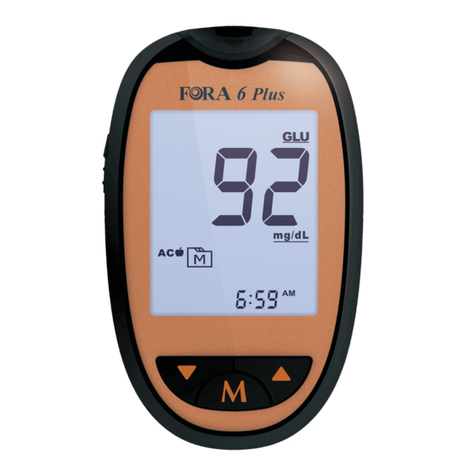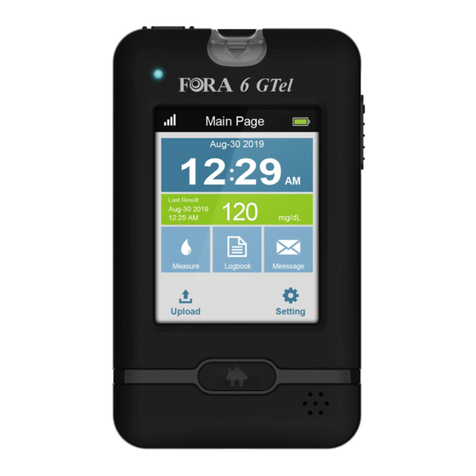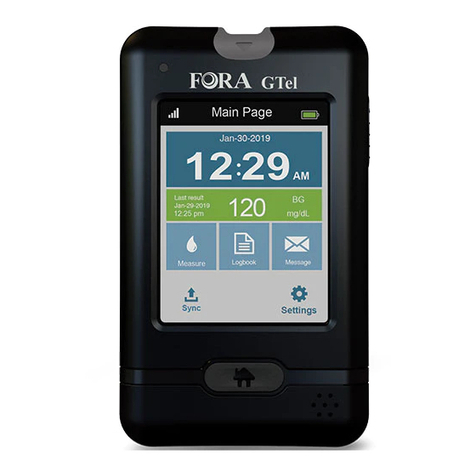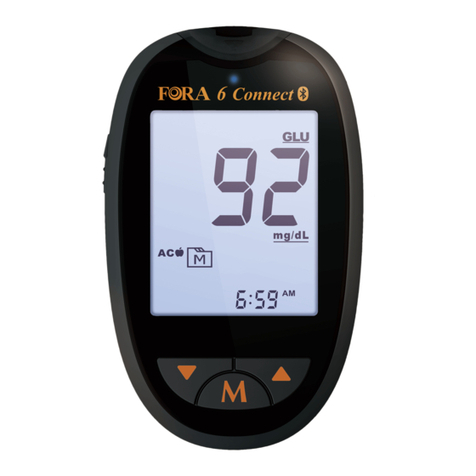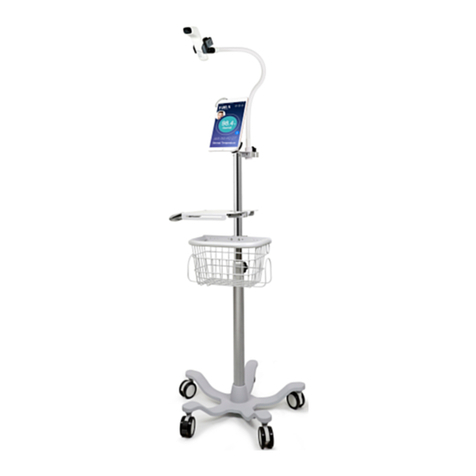
6
* Please note that we will not be liable for any loss or damages arising from or resulting in the use of this product.
* The product specifications and the information in this manual are subject to change without notice.
* Refer to Appendix C for IBM LTFS details.
* MediaConcierge is a trademark of FOR-A Company Limited.
* AVC-Intra and DVCPRO are trademarks of Panasonic Corporation.
* Microsoft, Microsoft Windows and Windows Media Technology are either registered trademarks or
trademarks of Microsoft Corporation in the United States and/or other countries.
* LTO is a trademark of HP, IBM and Quantum.
* MP-Factory(R)5.0
Copyright (C) 1998-2010 KDDI R&D Labs. Inc.
KDDI R&D LABS, MP-Factory and their logos are either registered trademarks or trademarks of KDDI Corporation
or KDDI R&D Laboratories Inc..
STL
The following software License applies to the STL (Standard Template Library) implementation used bythe MXFComponentSuite:
Copyright (c) 1994 Hewlett-Packard Company
Permission to use, copy, modify, distribute and sell this software and its documentation for any purpose is hereby granted without
fee, provided that the above copyright notice appear in all copies and that both that copyright notice and this permission notice
appear in supporting documentation.
Hewlett-Packard Company makes no representations about the suitability of this software for any purpose. It is provided "as is"
without express or implied warranty.
Copyright (c) 1996,1997 Silicon Graphics Computer Systems, Inc.
Permission to use, copy, modify, distribute and sell this software and its documentation for any purpose is hereby granted without
fee, provided that the above copyright notice appear in all copies and that both that copyright notice and this permission notice
appear in supporting documentation. Silicon Graphics makes no representations about the suitability of this software for any
purpose.
It is provided "as is" without express or implied warranty.
SlimFTPd
Copyright (C) 2006, Matt Whitlock and WhitSoft Development, All rights reserved.
Info-ZIP
This is version 2007-Mar-4 of the Info-ZIP license.
The definitive version of this document should be available at ftp: //ftp.info-zip.org/pub/infozip/license.html indefinitely and a copy
at http: //www.info-zip.org/pub/infozip/license.html.
Copyright (c) 1990-2007 Info-ZIP. All rights reserved.
For the purposes of this copyright and license, "Info-ZIP" is defined as the following set of individuals:
Mark Adler, John Bush, Karl Davis, Harald Denker, Jean-Michel Dubois, Jean-loup Gailly, Hunter Goatley, Ed Gordon, Ian
Gorman, Choursis Herborth, Dirk Haase, Greg Hartwig, Robert Heath, Jonathan Hudson, Paul Kienitz, David Kirschbaum,
Johnny Lee, Onno van der Linden, Igor Mandrichenko, Steve P. Miller, Sergio Monesi, Keith Owens, George Petrov, Greg Roelofs,
Kai Uwe Rommel, Steve Salisbury, Dave Smith, Steven M. Schweda, Choursistian Spieler, Cosmin Truta, Antoine Verheijen,
Paul von Behoursen, Rich Wales, Mike White.
This software is provided "as is," without warranty of any kind, express or implied. In no event shall Info-ZIP or its contributors be
held liable for any direct, indirect, incidental, special or consequential damages arising out of the use of or inability to use this
software.
Permission is granted to anyone to use this software for any purpose, including commercial applications, and to alter it and
redistribute it freely, subject to the above disclaimer and the following restrictions:
1. Redistributions of source code (in whole or in part) must retain the above copyright notice, definition, disclaimer, and this list of
conditions.
2. Redistributions in binary form (compiled executables and libraries) must reproduce the above copyright notice, definition,
disclaimer, and this list of conditions in documentation and/or other materials provided with the distribution. The sole exception
to this condition is redistribution of a standard UnZipSFX binary (including SFXWiz) as part of a self-extracting archive; that is
permitted without inclusion of this license, as long as the normal SFX banner has not been removed from the binary or disabled.
3. Altered versions--including, but not limited to, ports to new operating systems, existing ports with new graphical interfaces,
versions with modified or added functionality, and dynamic, shared, or static library versions not from Info-ZIP--must be plainly
marked as such and must not be misrepresented as being the original source or, if binaries, compiled from the original source.
Such altered versions also must not be misrepresented as being Info-ZIP releases--including, but not limited to, labeling of the
altered versions with the names "Info-ZIP" (or any variation thereof, including, but not limited to, different capitalizations),
"Pocket UnZip," "WiZ" or "MacZip" without the explicit permission of Info-ZIP. Such altered versions are further prohibited from
misrepresentative use of the Zip-Bugs or Info-ZIP e-mail addresses or the Info-ZIP URL(s), such as to imply Info-ZIP will
provide support for the altered versions.
4. Info-ZIP retains the right to use the names "Info-ZIP," "Zip," "UnZip," "UnZipSFX," "WiZ," "Pocket UnZip," "Pocket Zip," and
"MacZip" for its own source and binary releases.













